ISO 14001 Certification in Saudi Arabia
Get Free Consultation
PopularCert is your trusted partner in simplifying ISO certification with tailored expertise. ISO 14001 is the global standard for Environmental Management Systems (EMS), enabling organizations to improve environmental performance, Achieve ISO 14001 Certification In Saudi Arabia with top consultants. Receive expert sustainability guidance at a competitive cost.
Why ISO 14001 it’s important for you and your business in Saudi Arabia.ISO 14001 is essential for businesses in Saudi Arabia as it ensures compliance with environmental regulations and supports sustainability efforts aligned with Vision 2030. It helps companies reduce waste, improve efficiency, and cut costs. Additionally, it boosts brand reputation and opens doors to international markets. Adopting ISO 14001 also strengthens a company’s competitive edge in the global marketplace.
ISO 14001 can differentiate a business in a competitive market, leading to increased customer trust, improved brand loyalty, and enhanced market position. Moreover, the standard promotes operational efficiency by optimizing resource use, reducing waste, and lowering energy consumption, ultimately contributing to cost savings.
How to Get ISO 14001 Certification in Saudi Arabia?
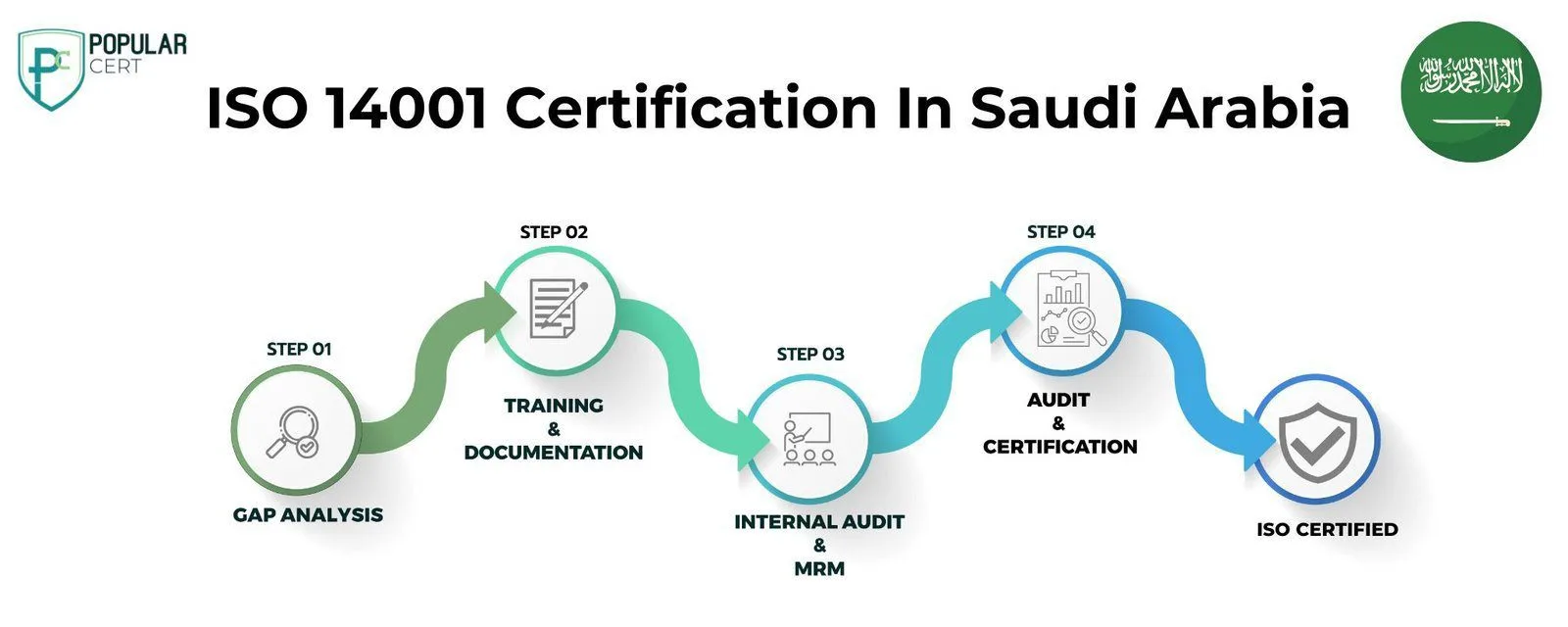
Process to Get ISO 14001 Certification In Saudi Arabia
Consultation and Gap Analysis
PopularCert’s experts begin by understanding your organization’s needs and current environmental management practices. We then conduct a gap analysis to identify areas that require improvement to meet ISO 14001 standards.
Planning, Documentation, and Policy Development
Based on the gap analysis, we develop a detailed implementation plan, allocate resources, and help create necessary environmental policies and documentation. These policies and procedures are integrated into your existing framework.
Training and Awareness
We provide comprehensive training for your staff, ensuring they understand the ISO 14001 requirements and their role in maintaining the Environmental Management System (EMS) effectively.
Internal Audit and Management Review
After implementing the EMS, we conduct an internal audit to evaluate system efficiency and identify any non-conformities. Following this, a management review ensures the system is aligned with organizational goals and environmental responsibilities.
External Certification Audit and Certification
After successfully completing the external audit by the certification body, your organization will be awarded the ISO 14001 certificate. This certification highlights your commitment to environmental management and continuous improvement. It demonstrates your dedication to meeting international environmental standards, enhancing your credibility, and boosting customer trust.
Benefits of ISO 14001 Certification in Saudi Arabia
- Improved Access to Markets : An ISO certification is mostly required to qualify for international tenders and contracts. It opens doors into the global markets, offering the companies in Saudi Arabia a larger platform where they can compete at ease.
- Increased Customers' Confidence : Companies tagged ISO-certified are viewed as reliable and trustworthy; hence, there is improved customers' confidence and satisfaction, consequently leading to repeated businesses.
- Operational Efficiency : Implementation of ISO standards helps in simplifying processes, getting rid of wastes, and achieving enhanced efficiency. This will help to conserve costs and manage resources effectively.
- Regulatory Compliance : In line with these requirements, ISO standards mostly match national and international regulations, hereby ensuring that companies will keep away from extra costs or penalties, and consequently promote the reputation of the business.
- Risk Management : For the reason that ISO certification encompasses the identification and mitigation of risks, hence the company will summarize the potential threat in general and receive business continuity in return.
Types Of ISO Certification In Saudi Arabia
- ISO certification in Saudi Arabia
- ISO 9001 Certification
- ISO 14001 Certification
- ISO 45001 Certification
- ISO 22000 Certification
- ISO 27001 Certification
- ISO 17025 Certification
- ISO 13485 Certification
- CE Mark Certification
- ISO 20000-1 Certification
- GMP Certification
- Halal Certification
- SOC-1 Certification
- SOC-2 Certification
Get Free Consultation
Our Clients


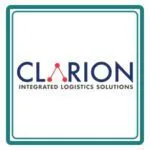


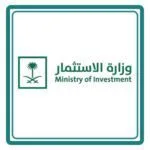
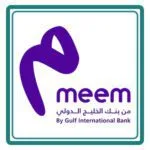

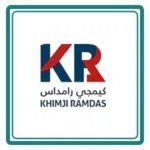


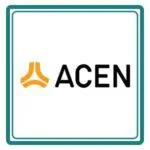






What's the difference between ISO 14001 and ISO 45001?
ISO 14001 and ISO 45001 are two distinct standards that focus on different aspects of an organization’s management system. ISO 14001 is dedicated to Environmental Management, while ISO 45001 focuses on Occupational Health and Safety Management. Both standards share similarities, such as the PDCA cycle and a commitment to continuous improvement, but they have key differences in their specific requirements. For example, ISO 45001 requires procedures for hazard identification and risk assessment, while ISO 14001 emphasizes identifying and managing environmental impacts. ISO 14000 is a broader family of standards, with ISO 14001 being the most widely recognized, providing a framework for organizations to establish an effective Environmental Management System (EMS). While ISO 14000 offers general guidance on environmental management, ISO 14001 outlines specific requirements to implement and maintain a successful EMS. By following ISO 14000, organizations can enhance their environmental efforts, and by adopting ISO 14001, they can meet their specific environmental goals.
How ISO 14001 certification in Saudi Arabia can help?
- Understand the Value of ISO Certification : Recognize its role in enhancing business credibility, operational efficiency, and alignment with international standards, critical for thriving in a competitive market.
- Align with Vision 2030 Goals : Utilize ISO certification to foster innovation, sustainability, and excellence, supporting Saudi Arabia’s transformative objectives.
-
Choose the Right Certification : Focus on key standards such as:
- ISO 9001: Quality Management
- ISO 14001: Environmental Management
- ISO 45001: Occupational Health and Safety
- ISO 27001: Information Security
- ISO 50001: Energy Management
- Expand Internationally : Use certification to access global markets, build partnerships, and confidently grow your business footprint.
- Partner with Experts : Collaborate with professionals to simplify the certification process, ensuring compliance and unlocking sustainable growth opportunities.
Why Choose PopularCert For ISO 14001 Certification in Saudi Arabia?
PopularCert is a globally renowned consulting company specializing in certification, advisory, and auditing services. We are the trusted choice for organizations seeking ISO certification due to our experienced, ethical consultants and proven success record. For ISO 14001 Certification in Saudi Arabia, choose PopularCert, a leader in consultancy, certification, and auditing services. and our experts will promptly provide the best solution tailored to your needs.
Understanding the Cost of ISO 14001 Certification in Saudi Arabia
While there are ongoing costs to maintain certification, the benefits, including improved environmental performance, enhanced reputation, and compliance with regulations, make it a worthwhile investment. For a tailored cost estimate, consult PopularCert, your trusted ISO consultants in Saudi Arabia.
GET A FREE CONSULTATION NOW
FAQ
what is iso 14001 certification
Why is ISO certification is important for businesses in Saudi Arabia?
ISO certification enhances credibility, ensures compliance with international standards, improves operational efficiency, and increases customer trust. It also helps businesses compete in both local and global markets.
How can I get ISO certification in Saudi Arabia?
To get ISO certification:
- Identify the relevant ISO standard for your business.
- Implement the required management system.
- Conduct internal audits and management reviews.
- Apply for certification through an accredited certification body.
What is the cost of ISO certification in Saudi Arabia?
The cost varies based on factors like the standard, organization size, scope, and consultancy or certification body fees.
How do I apply for ISO certification in Saudi Arabia?
Choose an accredited certification body, prepare your management system, and submit an application. Consultants can assist with the preparation and certification process.
